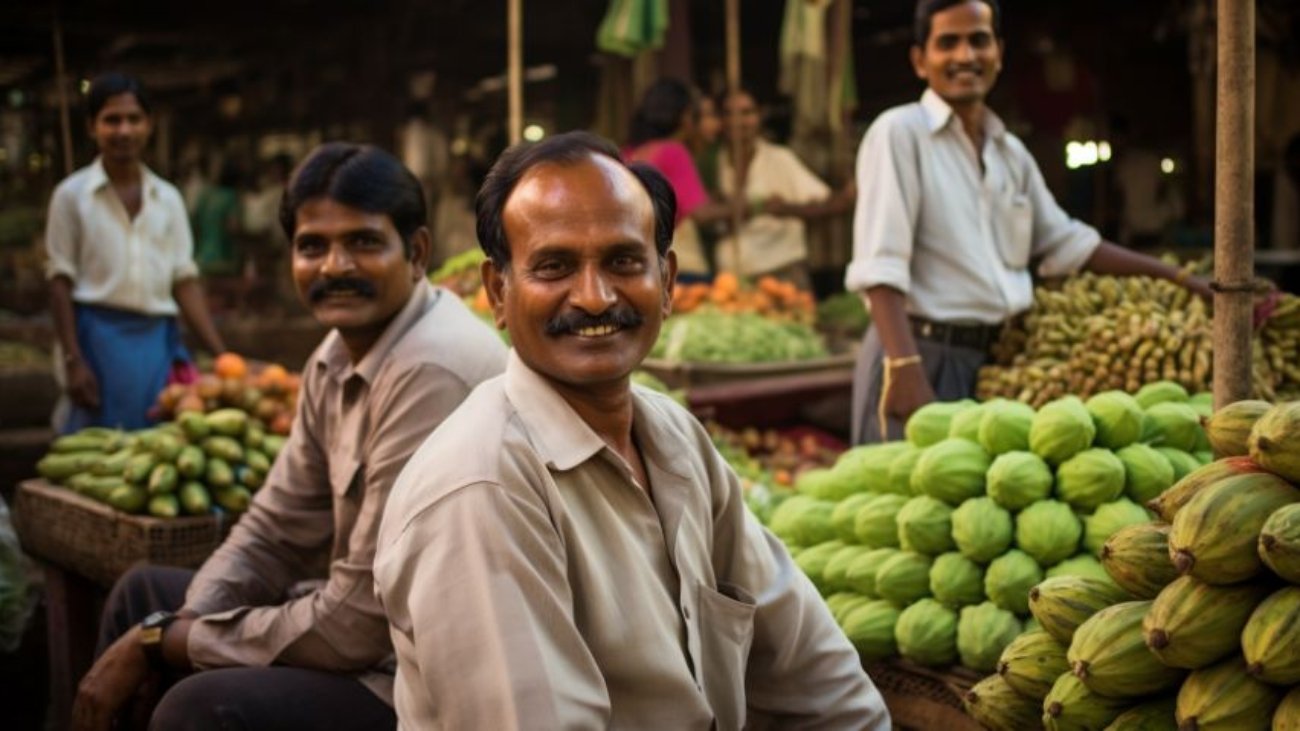Economic growth isn’t just about numbers on a chart—it’s about improving lives, creating opportunities, and laying the groundwork for a sustainable future. For countries aiming to thrive in today’s dynamic global landscape, fostering employment, nurturing Micro, Small, and Medium Enterprises (MSMEs), and empowering farmers are key pillars. Together, these sectors form the backbone of inclusive growth, driving innovation, reducing poverty, and boosting national prosperity.
In this article, we explore strategies and reforms that can accelerate economic growth through job creation, MSME support, and agricultural empowerment.
1. Job Creation: The Engine of Prosperity
A Youth-Driven Workforce
With a large segment of the population under the age of 35, countries like India and many others in the developing world have what’s known as a “demographic dividend.” But this dividend becomes a liability if not accompanied by meaningful job creation. Here’s how we can create sustainable employment:
Key Strategies for Job Creation:
Boosting Infrastructure Projects: Investing in roads, bridges, digital infrastructure, and smart cities generates both direct and indirect jobs. It also lays a foundation for businesses to grow.
Encouraging Entrepreneurship: Startup ecosystems should be supported with funding access, mentoring, and ease of doing business reforms. Each successful startup becomes a hub of job opportunities.
Re-skilling and Upskilling Programs: With automation and AI transforming industries, skill development must be aligned with emerging sectors like renewable energy, fintech, logistics, and digital marketing.
Formalizing the Gig Economy: Delivery agents, freelancers, and digital workers contribute immensely to the economy. Offering benefits, social security, and legal protections will ensure these jobs are more sustainable.
2. Supporting MSMEs: Powering Local Economies
Micro, Small, and Medium Enterprises (MSMEs) are the unsung heroes of economic development. They contribute significantly to GDP, exports, and employment generation. Yet, they often struggle with access to credit, markets, and technology.
Challenges Faced by MSMEs:
Limited Access to Finance: Traditional banks often hesitate to lend due to perceived risk and lack of collateral.
Outdated Technology: Many MSMEs lack the resources to adopt modern tools or automation.
Regulatory Complexity: Complex tax laws, compliance burdens, and licensing hurdles often bog down small businesses.
Transformative Solutions for MSMEs:
Digital Lending Platforms: Fintech companies can offer collateral-free loans using alternative data (sales receipts, GST records, digital transactions) to assess creditworthiness.
Incentivizing Technology Adoption: Government-backed programs can provide subsidies or tax incentives for adopting ERP systems, e-commerce tools, and machinery.
Easier Market Access: Initiatives like ‘One District One Product’ (ODOP) and online marketplaces can help MSMEs reach global customers without intermediaries.
Simplified Regulations: MSME-friendly policies like single-window clearances, reduced GST compliance, and simpler business registration can encourage entrepreneurship.
Cluster-Based Development: Creating MSME hubs with shared infrastructure, skill centers, and logistics facilities can lead to economies of scale and increased productivity.
3. Empowering Farmers: Ensuring Agricultural Prosperity
Agriculture sustains nearly half the population in many developing countries, yet farmers often remain economically vulnerable. A major part of accelerating inclusive growth is ensuring that farmers earn more, use better techniques, and access better markets.
Key Areas of Reform and Empowerment:
Fair Pricing and Procurement: Implementing Minimum Support Prices (MSPs), strengthening procurement mechanisms, and reducing exploitation by middlemen ensure that farmers get fair value for their produce.
Access to Credit and Insurance: Simplified loan procedures and affordable crop insurance can protect farmers against unpredictable weather, pests, and market crashes.
Modern Farming Techniques: Promote sustainable practices like drip irrigation, organic farming, vertical farming, and use of IoT-based agri-devices to improve yield and reduce costs.
Farmer Producer Organizations (FPOs): Encouraging collective farming and FPOs allows small farmers to negotiate better prices, access bulk inputs, and reduce transportation costs.
Agri-Startups & Tech Integration: Apps that provide weather forecasts, soil health data, crop advisory, and market prices can transform traditional farming into smart agriculture.
Better Storage & Logistics: Cold chains, warehouses, and rural logistics hubs prevent post-harvest losses and improve shelf life and profitability of perishable produce.
4. Synergies Among Sectors
While job creation, MSME support, and farmer empowerment are individual goals, the real magic lies in their integration.
Agri-based MSMEs such as food processing, organic produce packaging, and dairy startups not only empower farmers but also create jobs in rural areas.
Skill training in rural areas can prepare youth for jobs in both agriculture and local industries, reducing migration pressure on cities.
Public-private partnerships (PPPs) can connect agritech firms with farmer groups or MSMEs with universities and R&D labs, creating a holistic ecosystem of innovation and growth.
5. Role of Government and Policy Support
Policy reforms and government support are critical catalysts in this journey:
Production-Linked Incentive (PLI) schemes to support manufacturing and exports.
Digital India and Startup India missions to fuel entrepreneurship and job creation.
PMEGP and MUDRA loans to provide credit access for micro-entrepreneurs.
Agricultural Infrastructure Fund for storage, grading, and processing infrastructure.
Skill India Mission to train youth in industry-relevant skills.
6. Towards Inclusive and Sustainable Growth
Accelerated economic growth isn’t just about GDP; it’s about reducing inequality, creating social mobility, and building economic resilience. Supporting the grassroots—our farmers, small businesses, and youth—is not charity, but smart economics.
By prioritizing:
Jobs for all, especially youth and women,
Vibrant MSMEs that innovate and create value,
Resilient farmers who are empowered by technology and support systems,
we pave the way for an economy that’s not only fast-growing, but also inclusive, equitable, and sustainable.
Conclusion
Economic acceleration is a multifaceted goal that requires bold policy moves, grassroots execution, and the participation of every citizen. Whether you’re a policymaker, business leader, farmer, or student—your contribution matters.
Let’s commit to a future where every hand finds work, every idea finds a platform, and every harvest leads to prosperity.

Leave A Comment